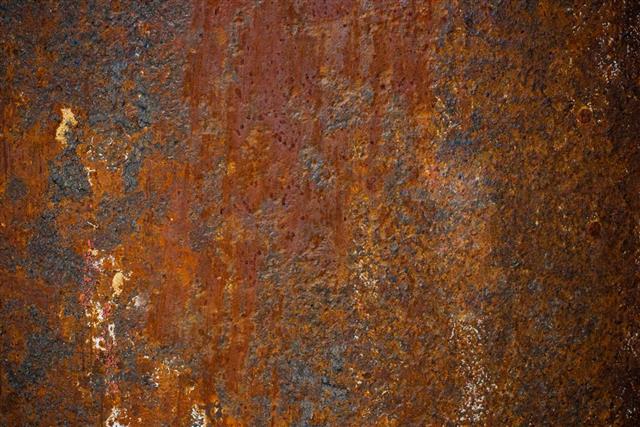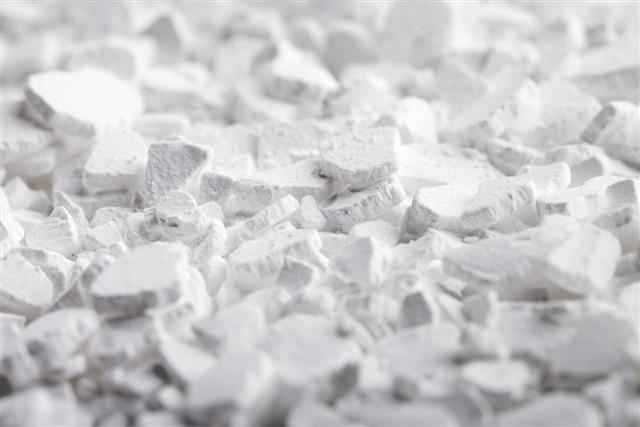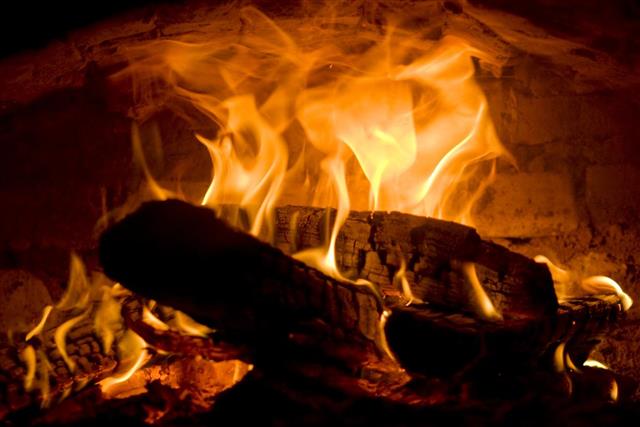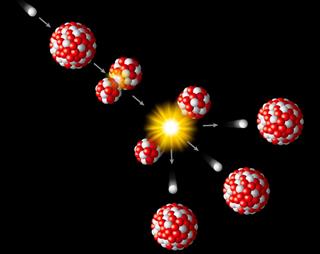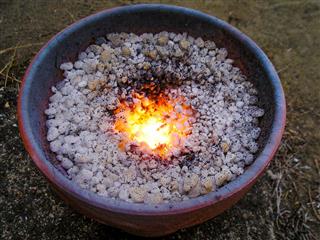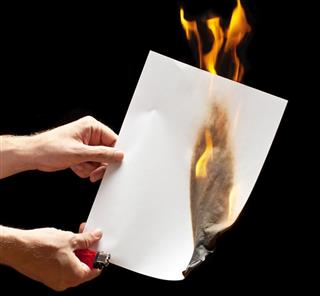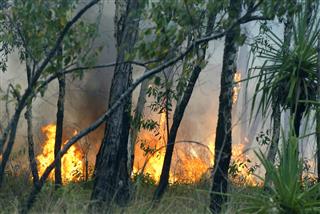
Examples of exothermic reaction are found in several daily activities. Read on to find what is an exothermic reaction and also examples for the same.
If you are a student of thermodynamics, or even general physics or chemistry, you must have heard the term exothermic many times. While reading / studying about chemical reactions or even while understanding the procedure of making certain products, you must have come across the term ‘exothermic reaction’. At the same time, you must have also come across the term ‘endothermic’. The terms endothermic and exothermic are completely opposite to each other. Before taking a look at the examples, let us know what exothermic reaction is.
Exothermic Reaction
If you wish to have the simplest and easiest definition of exothermic reaction, then note that is a chemical reaction which is followed by evolution of heat; i.e., heat is given out when this reaction takes place. You can also say that this is a reaction during which heat is lost or released. The heat or the heat energy released during these reactions is let out in the surroundings. You can take a look at the following formula to know what is an exothermic reaction:
Reaction of Chemicals / Substances ⇒ Products + Heat (Energy)
Here, we can clearly see that the reaction of certain chemicals / substances gives rise to heat or heat energy. We can also safely conclude that whenever heat is released along with the product of any reaction, the chemical reaction is an exothermic reaction. On the contrary, in case of endothermic reactions, the heat from the surroundings is absorbed in order to carry out these reactions. Therefore, when defining the endothermic reactions, we can say that it is the chemical reaction where heat from the surroundings is absorbed. Now that you know what is an exothermic reaction, let us take a look at the examples for the same.
Examples in Everyday Life
When studying chemistry, we come across several examples of reactions that take place between different chemicals or elements. These reactions are also seen in our day-to-day life. However, we do not look at them with a scientific attitude and hence, fail to notice time. Now take a look at the following examples of exothermic reactions to enhance your knowledge.
- Condensation of rain from water vapor
- Cement and concrete setting
- Combustion of fuels
- Epoxy raisin setting
- Mixing of water and acid
- Mixing sodium sulfite and bleach
- Mixing water with an anhydrous salt
- Mixing water with calcium chloride
- Adding water to anhydrous copper(II) sulfate
- Burning of substances
- Crystallizing liquid salts
- Thermite reaction
- Neutralization reaction
- Polymerization reaction
- Oxidation of metals
- Nuclear fission
These are some of the most popular examples of exothermic reactions. Secondly, making ice cubes, formation of snow, etc, are some of the prominent examples. You may not be aware, but burning of a candle is also an example of exothermic reaction.
You must have also heard about spontaneous exothermic reactions. A spontaneous reaction is the one which takes place on its own; i.e., no external force is required to carry out this process. If you are wondering, is an exothermic reaction always spontaneous, then the answer is No. There are several exothermic reactions that require an external force for reaction. However, rusting of iron is the most popular and easy-to-understand among all the examples of spontaneous exothermic reaction.
These were some of the examples or models of exothermic reaction from chemistry as well as day-to-day life. So, the next time you mix anything or form any mixture, why not note whether it is an exothermic or endothermic reaction? I am sure it will be a fun activity. Good luck!
